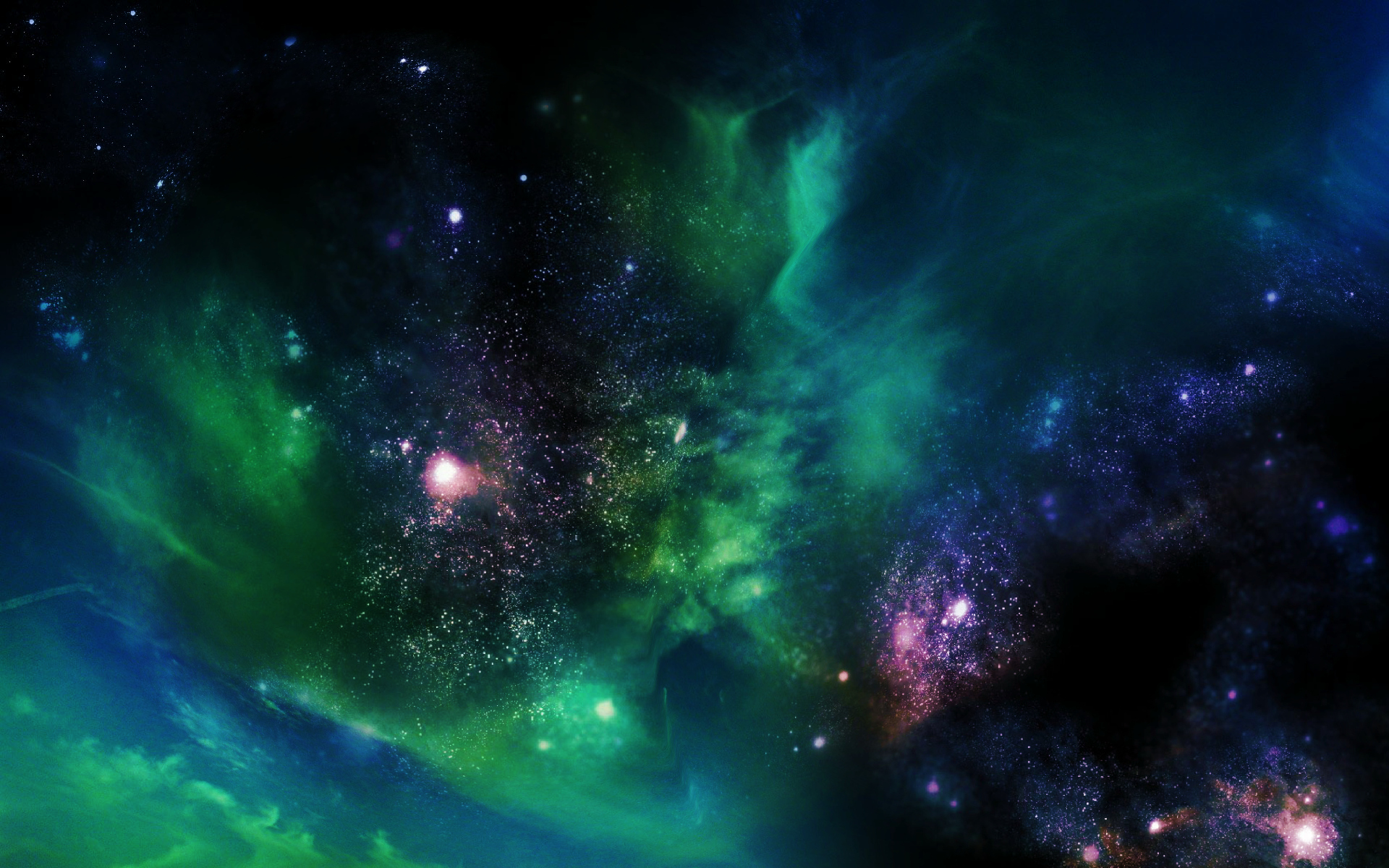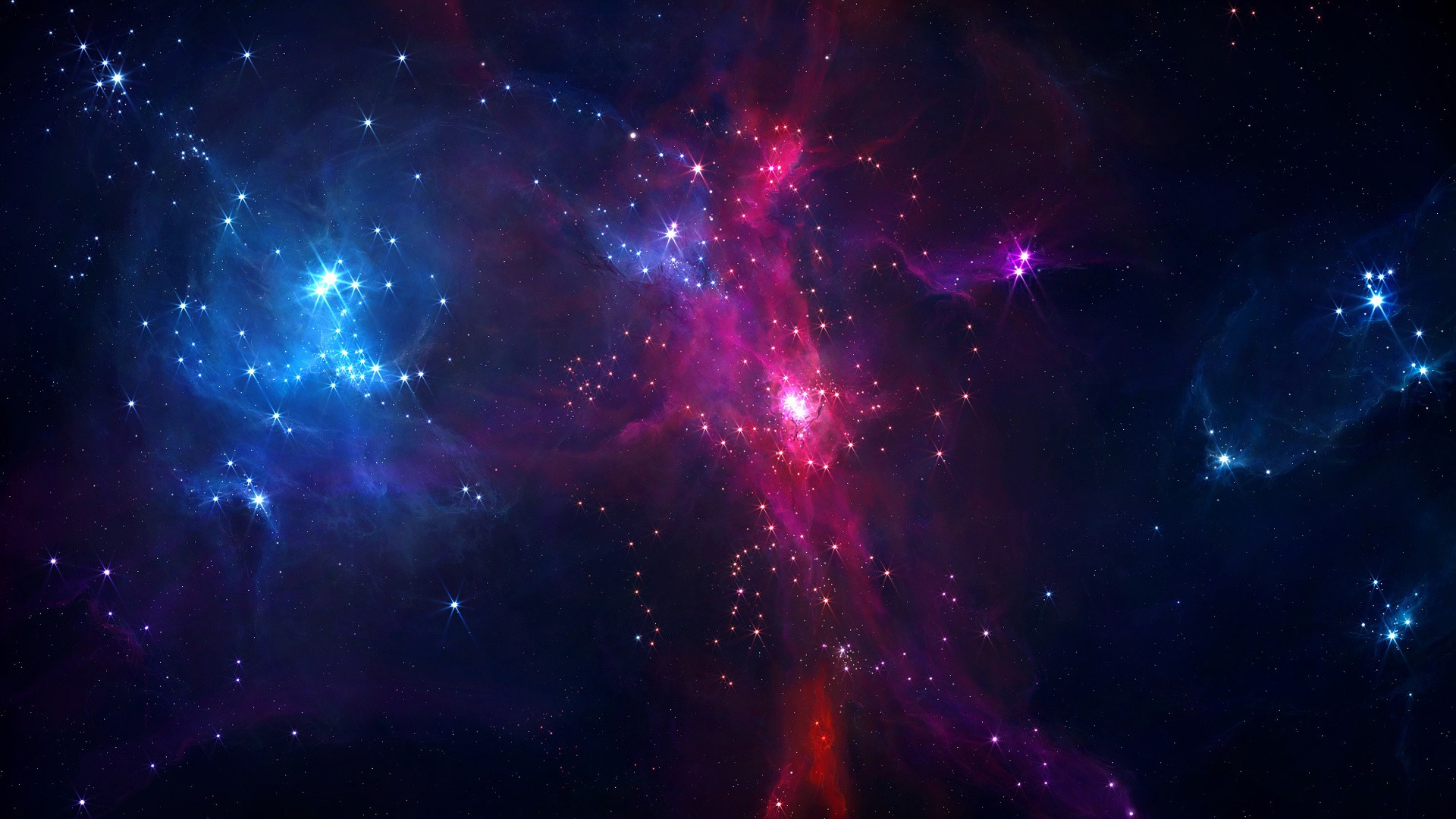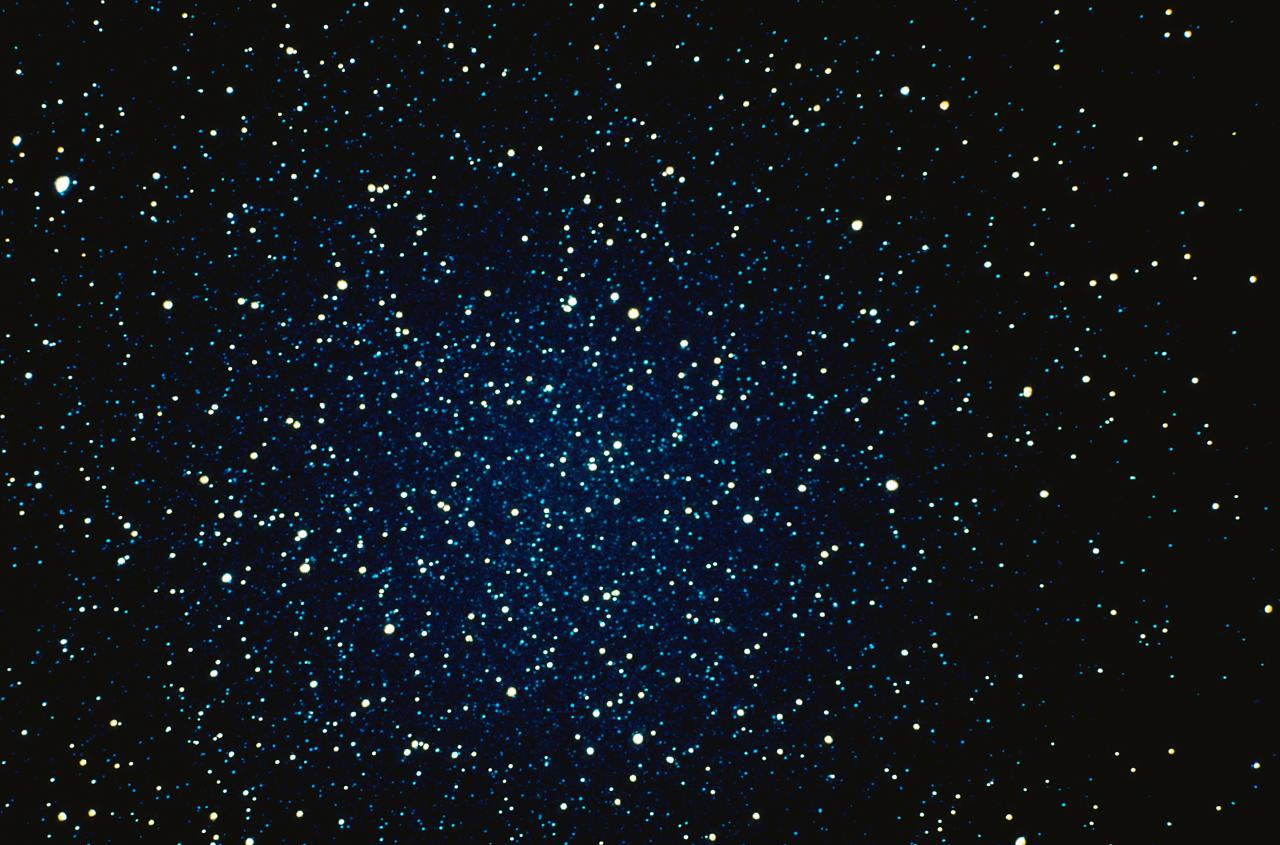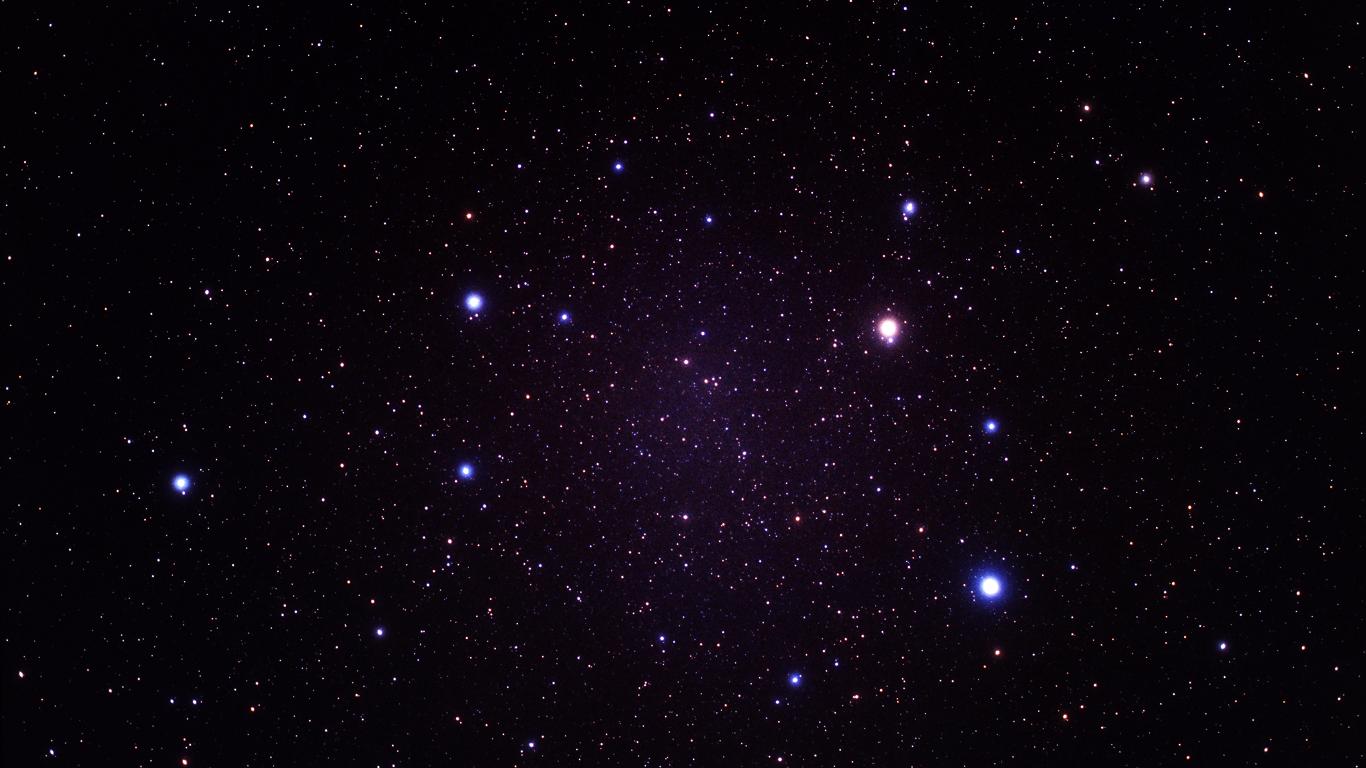
Time, not space plus time, might be the single fundamental property in which all physical phenomena occur, according to a new theory by a University of Alaska Fairbanks scientist.

The James Webb Space Telescope (JWST), as the largest space-based astronomical observatory with near- and mid-infrared instrumentation, will elucidate many mysterious aspects of comets.

Dr Amitabha Ghosh, who has worked in multiple Mars missions of National Aeronautics and Space Administration (Nasa) since the US launched the Mars Pathfinder spacecraft in 1996, believes that one day space travel will become "affordable".

Five possible space missions have been selected by NASA to receive preliminary funding, ahead of a possible launch as early as 2020. Each of the projects, chosen as part of NASA

In the new book Space Chronicles: Facing the Ultimate Frontier, Neil deGrasse Tyson says America is at a critical moment for future space exploration, as he

Obayashi Corp., headquartered in Tokyo, has unveiled a project to build a space elevator by the year 2050 that would transport passengers to a station 36,000

Leaner, greener flying machines for the year 2025 are on the drawing boards of three industry teams under contract to the NASA Aeronautics Research Mission Directorate

(PhysOrg.com) -- A small robotic surveyor arrives to explore a near-Earth asteroid. Another robotic spacecraft is returning to Earth with a pristine comet surface sample. Meanwhile, a robotic explorer is approaching Uranus, carrying scientific instruments that will allow us to learn more about our solar system. What do all these mission concepts have in common?

Discovery News digs deep into our world's mysteries. Join us to explore current events and uncover the science behind the headlines. We Dig. You Discover.

A University of Sydney researcher was part of an international team of astronomers that has observed an incredibly rare event that occurs once every 10,000 years per galaxy.

Astronomers have discovered 96 new open star clusters hidden by the dust in the Milky Way. These tiny and faint objects were invisible to previous surveys, but they could not escape the sensitive infrared detectors of the world

Scientists have found opal-like crystals in the Tagish Lake meteorite, which fell to Earth in Canada in 2000. This is the first extraterrestrial discovery of these unusual crystals, which may have formed in the primordial cloud of dust that produced the sun and planets of our solar system 4.6 billion years ago.